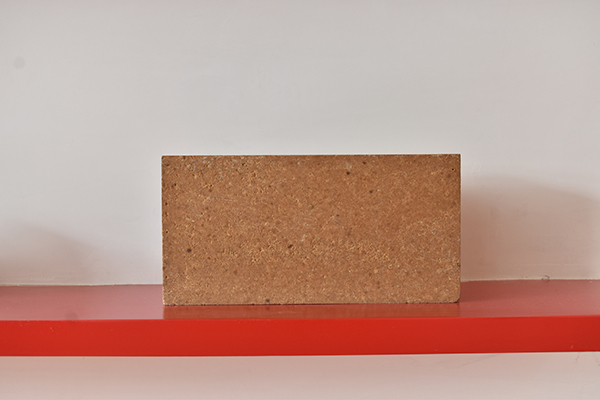The main specifications of re-burned magnesia are 0mm-0.5mm; 0mm-1mm; 1mm-3mm; 3mm-5mm; 5mm-10mm; 10mm-30mm; 50mm-200mm; 200mm-500mm; re-burned magnesia products mainly use high content Magnesite ore is calcined in iron shaft kiln. Fused magnesia manufacturers re-burned magnesia is an ideal raw material for the production of unshaped refractory materials. Various refractory materials produced with it as raw materials are mainly used in the iron and steel industry, but also in the glass, cement, and non-ferrous metallurgical industries. Because of its good high-temperature flexural strength, slag resistance and corrosion resistance, reburned magnesia can increase the service life of steel-making furnace linings, so it is widely used in steel-making open-hearth furnaces, electric furnace bottoms and ramming furnace linings. The refractory material for the lining of the steelmaking furnace is also a high-quality ideal material for the manufacture of unshaped refractory materials for refractory bricks. Light burnt magnesia powder manufacturer
From the perspective of historical development, sintered magnesia is also called metallurgical sand, reburned magnesia, mid-grade magnesia, and high-purity magnesia. In our country, magnesite is used as raw material and processed into light burnt magnesia powder (CCM) through reverberatory furnace, which is large in quantity and widely used. Light-burned magnesia powder is a very important magnesia basic raw material. According to its different chemical composition, particle size and performance, it is used to: calcining various grades of sintered magnesia (DBM), which is different from Al2O3, CaO, etc. The content of raw materials is synthesized into composite materials such as magnesia-aluminum spinel sand, magnesia-calcium sand, etc., to produce fused magnesia (FM, refractory grade or electrical grade), converter slag splashing and furnace protection magnesia balls, etc. The above products are mainly used as raw materials for refractory products. In addition, these products are also raw materials for magnesium chemical products such as light MgO, light MgCO3, magnesium fertilizer, magnesium building materials, and feed additives.

Traditional light-burned magnesia is processed by roasting raw ore in a reverberatory furnace. The use of reverberatory furnace to produce light-burned magnesia has not been eliminated after 70 to 80 years of survival and development, because the kiln has its outstanding characteristics: simple technology, practical; low investment, quick start-up, and easy operation; suitable for southern Liaoning Characteristics of magnesite. In the past ten years, the kiln-type production process has also been greatly improved, which is mainly reflected in the use of clean fuels, the original direct burning of bituminous coal is changed to the coal gas produced by a simple gas producer as fuel for roasting, to avoid fuel ash content The pollution of light burned magnesia basically solves the environmental pollution caused by black smoke emission and improves the thermal efficiency; the kiln type is modified to increase the volume of the kiln, increase the output, and reduce the fuel consumption.
Sintered magnesia. The national standard GB/T2273-2007 stipulates the physical and chemical properties of various sintered magnesia with a MgO content of 83% to 98%, which is suitable for the production of refractory materials.
At present, the total output of sintered magnesia in my country is 4 million to 4.5 million tons per year. Following industry habits, sintered magnesia can be roughly divided into re-burned magnesia, mid-range magnesia, and high-purity magnesia.